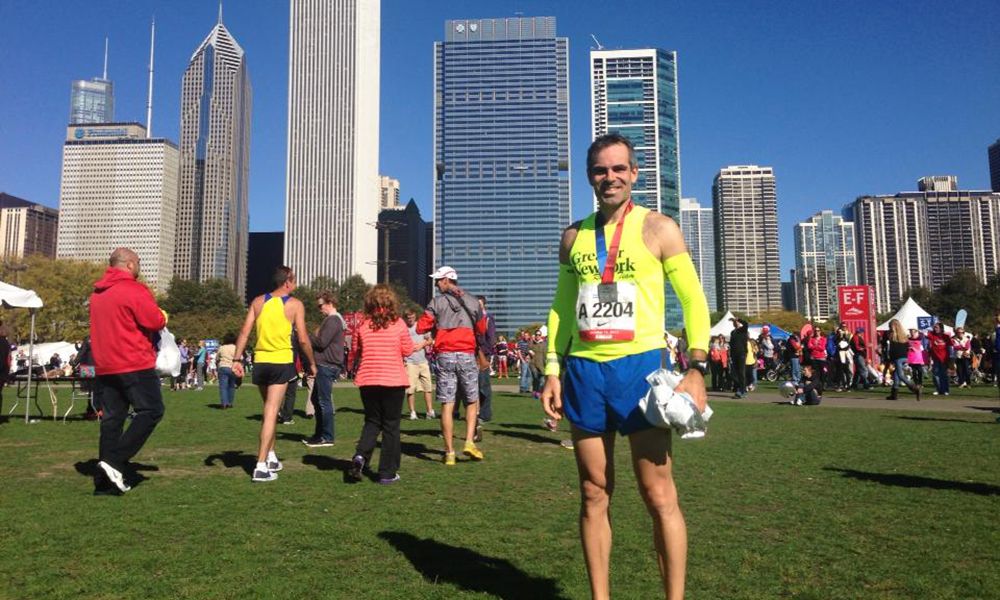“So how was your race?”
“Went ok I guess. Didn’t hit my goal, but I was close.”
“What do you think happened? Was it the heat, the hills?”
“No, I just started too fast, ha. I always start too fast!”
In my experience as a coach I hear this far too often. Runners are equipped with detailed plans for a race. Those plans contain splits that make sense for the specific course elevation, turns, and conditions. Those plans contain details that have been tested and proven in training. Those plans go out the window when the start gun sounds. Why?
The weeks leading up to an important race are like a pressure cooker. Inside of the pressure cooker a variety of emotions collide – excitement, fear, self-doubt, confidence, and more. The anticipation can be savored or hidden underneath protective layers. The plans we create can help. They are full of logic, data, and evidence. The plans are tested and we believe in them. The start gun is the opposite. It’s an urgent call to action. A moment of time that represents the word ‘GO’ in bright lights. Crowds make the moment big. Surrounding runners are there to beat us. We are there to beat them. Our egos get a tap on the shoulder. The emotions inside the pressure cooker are released with the start gun and the logical plan is now an afterthought.
I use several methods to prevent runners from deviating from their plan. My most effective method is to simulate a race with a corresponding strategy. I believe creating an experience for runners to visualize the emotional moments before a race and challenging them to stick to their plan is crucial. At the Mile High Run Club I have simulated well over 100 unique races in Distance and High 45 classes. The distances, locations, and conditions vary – from Marathons to 5K’s, Shanghai to Los Angeles, hilly to flat, raining to hot.
My simulations come at the end of class, after the main set. The concepts in the main set represent elements of the specific training plan. The simulation is narrated by mile, neighborhood, street name, and contains cues for speed, incline, and techniques to apply. By simulating races we are embracing what’s inside the pressure cooker and allowing our logical brain to follow a plan backed by trained concepts.
The simulation gives us a chance to apply the fundamentals we just practiced. This gives runners a chance to put the tools to the test and see if they are comfortable, or prefer an alternative approach. It ultimately fosters accountability and control in the runners.
Lastly, simulations give runners a chance to set expectations. This removes the poor practice of guessing with arbitrary numbers and fosters a more deliberate approach to the adventure. I believe visualizing a race is not only fun, but relaxes our emotions and gives us more of a chance to follow our plans, therefore maximizing our potential and allowing us to have clarity under pressure.

